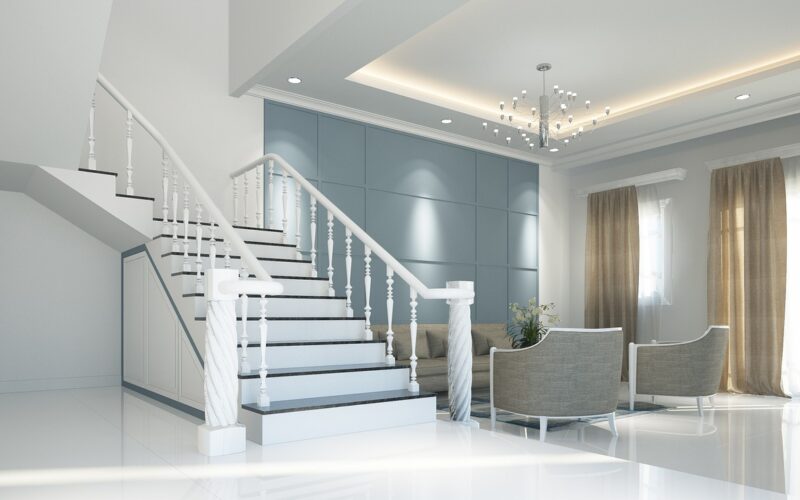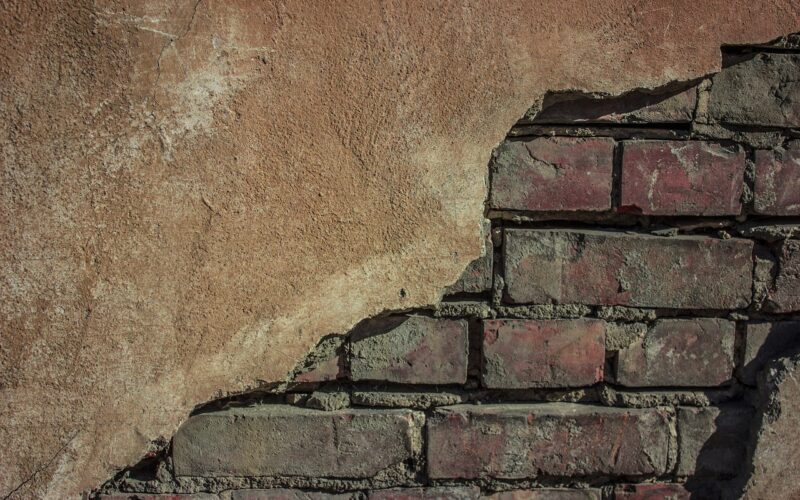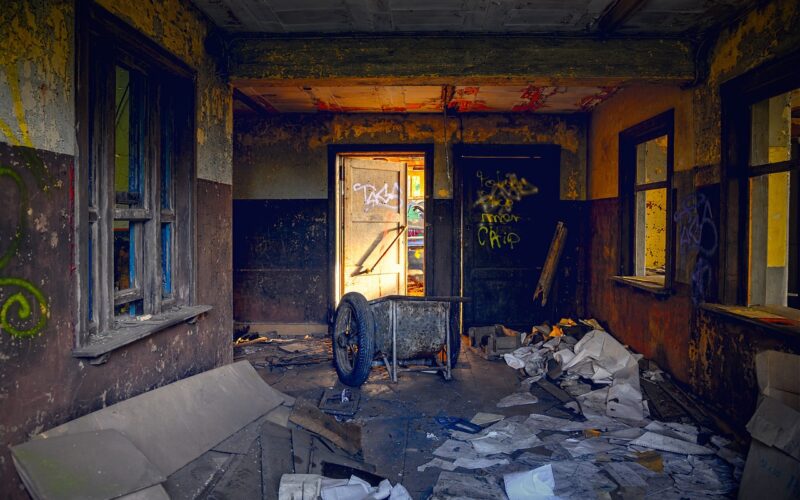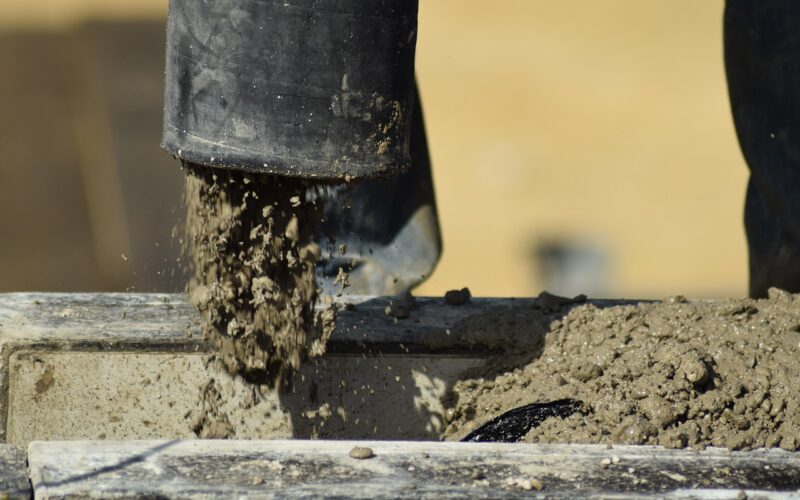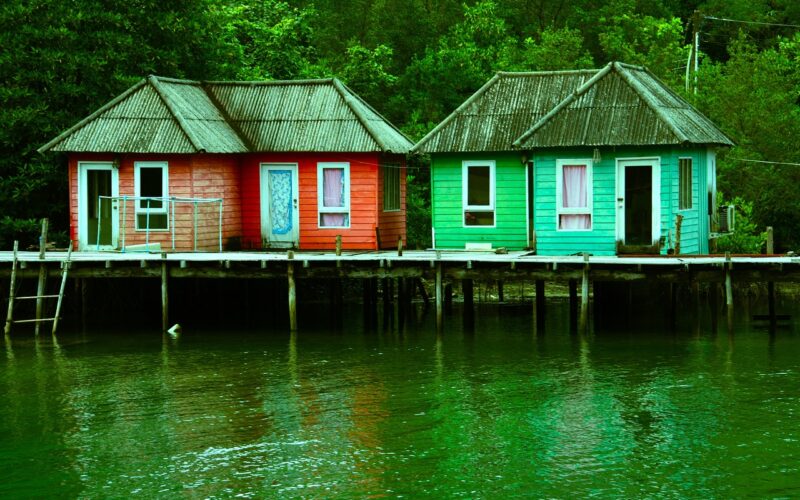There are many areas in the world where people want to live close to nature, and ocean views are preferred. While it might seem to be paradise to those who live there, builders must compensate for the ground below the building. Many coastal areas are sandy, and there is little or no rock beneath them. The best the builder can hope for is a layer of limestone that can be far beneath the top layer of sand, so they design the foundation to keep the building level atop the sand.
Builders constructing in areas where the ground is composed mainly of sand have found that digging basements and creating point sources for their foundations usually does not work well, so they have a very different approach to foundations. Rather than trying to dig into a material that will continually collapse, they float buildings on top of the silica sand combined with compacted dried aggregates or resin bonded aggregates. This might seem to be a haphazard approach, but it works quite well in these areas. Slabs are the base of almost every building, and they have held their own within the construction industry.
The idea of using a slab is almost the same as floating a raft, but there are few shifts in the current or tide to concern builders. Sand is treated almost as a liquid material, and the load of the entire building is distributed equally across it. Constructing the building in this manner allows the engineers to design the burden to keep the slab level, and the building will actually float above the sand.
Weight distribution is important to keep the building from sinking into the sand, so the thickness of the slab is a consideration. The size of the building and its weight must be compensated, so the engineers will choose the thickness that will support the entire load.

